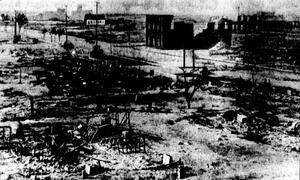I'm a middle school English teacher. If any of my former teachers are reading this, they will (a) be shocked I'm entrusted with our future generation, (b) question what happened to the character-education movement, or (c) ask how I made it past high school.When I was a student in middle school, life seemed to be an endless maze of getting to class on time, getting homework done on time or trying to fit in somewhere. There was the added problem of not wanting to wear my Coke bottle-thick glasses. It didn't help my self-image knowing every night I had to attach my braces to a medieval torture device known as headgear. To this day I wouldn't wish on my worst enemy those awkward middle school years of being laughed at, picked on, and socially lost.
